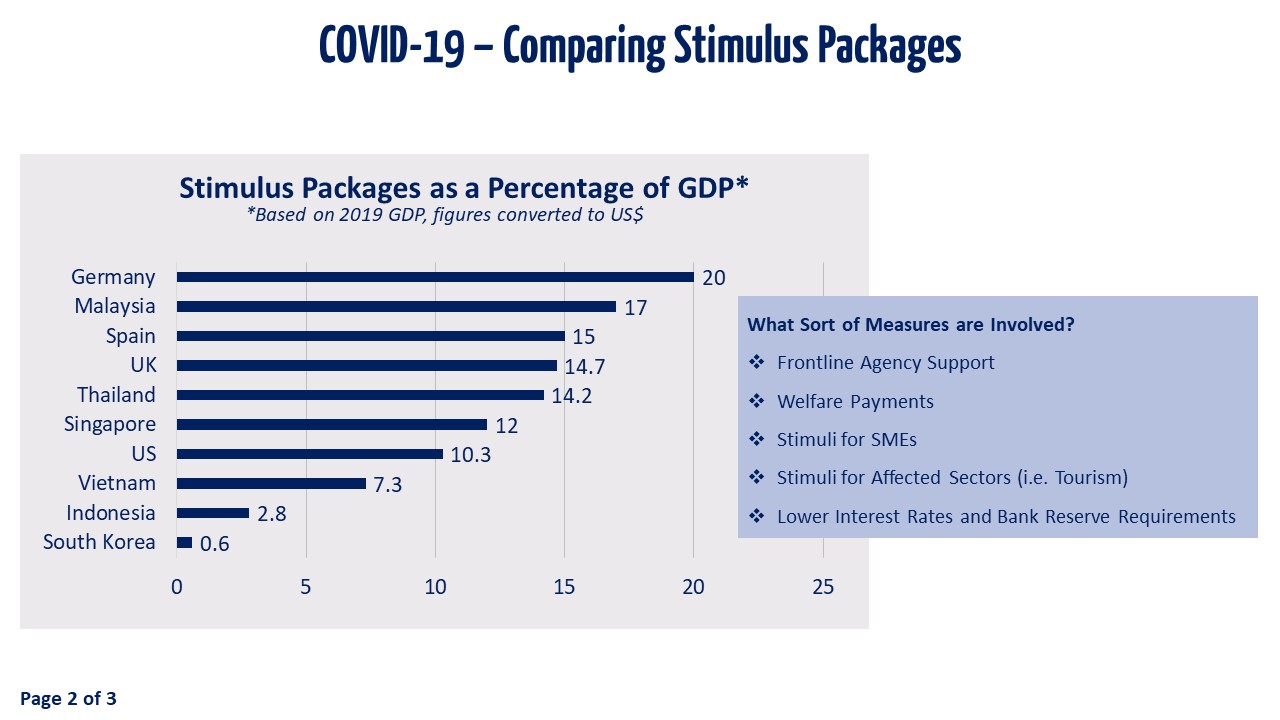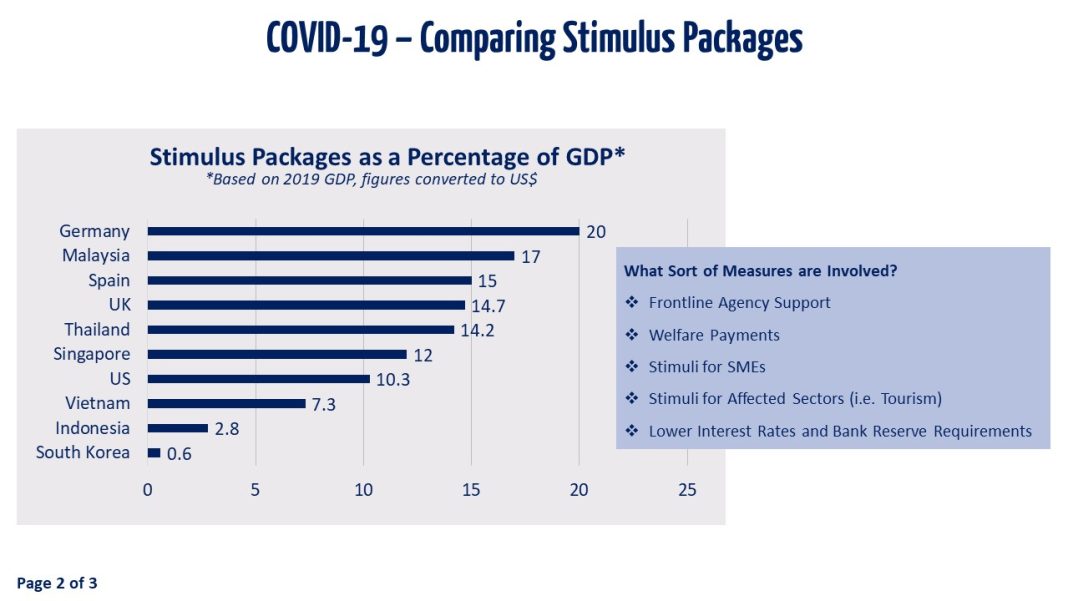 The pandemic and subsequent lockdown had a major impact on the financial situation of Americans. However, one positive outcome was the accumulation of savings. With limited opportunities to spend money, people began to save instead. The federal government played a role in this by releasing multiple stimulus packages, injecting a total of $5 trillion into the economy between 2020 and 2021. This included direct assistance in the form of stimulus checks, enhanced unemployment benefits, and increased child tax credits, as well as indirect assistance through programs like the Paycheck Protection Program and job and housing moratoria.
The pandemic and subsequent lockdown had a major impact on the financial situation of Americans. However, one positive outcome was the accumulation of savings. With limited opportunities to spend money, people began to save instead. The federal government played a role in this by releasing multiple stimulus packages, injecting a total of $5 trillion into the economy between 2020 and 2021. This included direct assistance in the form of stimulus checks, enhanced unemployment benefits, and increased child tax credits, as well as indirect assistance through programs like the Paycheck Protection Program and job and housing moratoria.
As a result of reduced expenses and increased income, many people chose to deposit their stimulus checks into their savings accounts. This led to an estimated total of $2.1 trillion in accumulated savings at its peak in August 2021.
However, the situation has changed since then. As the economy began to recover and inflationary prices started to rise, people started to draw down their pandemic savings. From September to December 2021, the monthly drawdown averaged $34 billion, but this number increased to $100 billion per month in 2022 due to inflation. As of the fourth quarter of 2023, the drawdown had slowed to $85 billion per month, resulting in an aggregate personal savings of $500 billion.
It’s important to note that while many Americans have some form of savings, such as 401(k) plans, emergency savings are often lacking. In 2022, 24 percent of Americans had no money saved for emergencies, while 37 percent had only one month’s worth of savings and 39 percent had less than that.
However, there are signs that the tide may be turning. In light of economic uncertainties, many people are choosing to forgo luxuries and prioritize saving their extra money. A recent survey found that 52 percent of Americans either met or exceeded their savings goals. On average, Americans managed to save $6,138. Millennials saved the most, with an average of $9,299, while baby boomers saved the least, with an average of $4,060. Generation Z and Generation X fell in between, with average savings of $6,441 and $5,132 respectively. One reason why millennials may have saved more is due to the moratorium on student loan payments, while Gen X and baby boomers may struggle to save due to their financial responsibilities towards adult children and grandchildren.
The economy has also played a role in shaping Americans’ savings habits. The Consumer Price Index (CPI) has been on a rollercoaster ride in recent years, with a spike in 2022. Although the current CPI may appear lower, it is still high when compared to previous years, indicating that prices have not actually decreased. Rising food and fuel costs have eaten into consumers’ income, leaving little room for savings.
Credit card debt is another factor that hinders Americans’ ability to save. In total, Americans owe over $1 trillion in credit card debt. Generation X carries the highest amount of debt, with an average balance of $9,123 in 2023. The average credit card balance across all generations is around $6,501. Generation Z has the lowest average balance at $3,262, followed by millennials at $6,521, and baby boomers at $6,642. It’s worth noting that credit cards are often used to cover basic living expenses, and the high interest rates associated with credit card debt further diminish people’s income and savings.
When it comes to how different generations perceive their savings, there is a general discomfort across the board. A significant percentage of each generation expressed discomfort with their savings: 63 percent of Gen Z, 60 percent of millennials, 66 percent of Gen X, and 51 percent of baby boomers. Overall, 59 percent of Americans across all generations feel uncomfortable with their savings and express a desire to save more.
In conclusion, the excess savings accumulated during the pandemic have been gradually depleted due to increased spending and economic challenges. However, there is a growing awareness among Americans about the importance of saving, especially in light of economic uncertainties. While the road to rebuilding savings may be challenging, the desire to save is evident. It is crucial for individuals to prioritize emergency savings and address credit card debt in order to secure their financial well-being in the long run.


